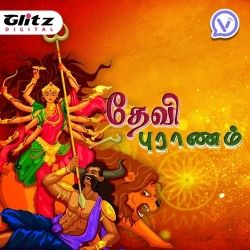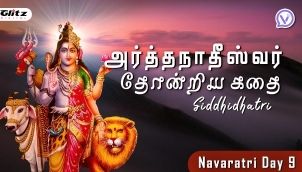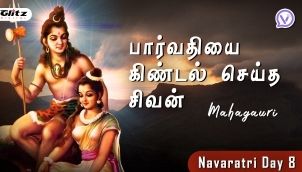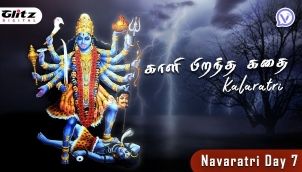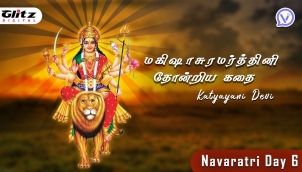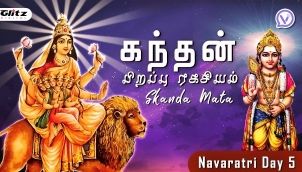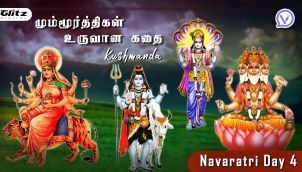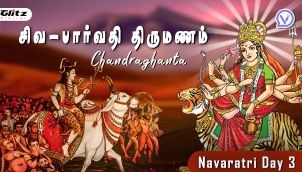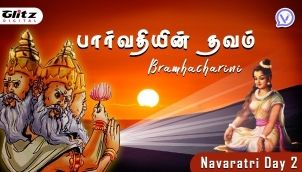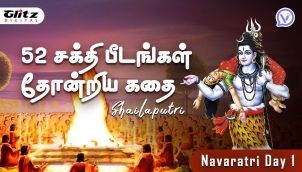Description
The auspicious occasion of Navaratri celebrates the nine incarnations of Goddess Durga and each day is dedicated to one Avatar. The festival marks the celebration of Durga's victory over the demon, Mahishasura. Shailaputri, Brahmacharini, Chandraghanta, Kushmanda, Skandamata, Katyayani, Kalaratri, Mahagauri, and Siddhidatri are the nine forms of Goddess Durga worshipped during these nine days.
9 Episodes
access_time4 years ago
Siddhidatri is the ninth incarnation of goddess Durga and is worshipped on the final day of Navaratri. Considered to be the goddess of accomplishment, Siddhidatri bestows knowledge and wisdom on her devotees. In the art form, she is portrayed as the Devi who is seated on a lotus while riding a lion.
access_time4 years ago
Worshipped on the second last day of Navaratri, Mahagauri is the eighth manifestation of goddess Durga. Clad in white clothes and white ornaments, Mahagauri is believed to end the sufferings of her devotees by washing off all their sins. She symbolises purity, serenity, peace and calmness.
access_time4 years ago
Considered to be one of the fiercest forms of Goddess Durga, Kalaratri is worshipped on the seventh day of Navaratri. This avatar of Durga is believed to be the destroyer of all things evil. Kalaratri is believed to have a dark complexion, symbolic of the darkness of the night.
access_time4 years ago
Katyayani, who is portrayed as a warrior goddess, is the fifth avatar of Goddess Durga. She took the form of Katyayani to kill the demon Mahishasura, and hence the fifth day of the festival is celebrated as the victory of good over evil. Katyayani is worshipped by her devotees to seek strength and courage.
access_time4 years ago
The mother form of Goddess Durga, who is perceived as kind and caring, is the mother of Lord Karthikeya, also known as Skanda, and is worshipped on the fifth day of Navaratri. Skandamata has four arms and sits on a lion, similar to Goddess Durga.
access_time4 years ago
Kushmanda, also known as the smiling Goddess, is worshipped by devotees on the fourth day of Navaratri. Her name is made up of three syllables, each of which is derived from a word. While 'Ku' means 'little', 'Ushma' means 'warmth', and 'anda' refers to egg. In other words, Kushmanda is the creator of this 'little cosmic egg' or the Universe.
access_time4 years ago
On the third day of the Navaratri festival, Goddess Chandraghanta, the ferocious form of Durga with ten hands and a third eye, is worshipped. To make sure that nobody fears Lord Shiva's appearance on the day of their wedding, Goddess Parvati transforms herself into Chandraghanta.
access_time4 years ago
One of the most powerful forms of Goddess Durga is Devi Brahmacharini, who is worshipped on the second day of Navaratri. Goddess Parvati was granted the boon to marry Lord Shiva by Brahma after she prayed for over 1000 years in a forest. Brahmacharini symbolises power, resolve, determination, and focus.
access_time4 years ago
Shailaputri, who is the daughter of the king of Mountains, is the first incarnation of Goddess Durga. When Sati was humiliated at her own house after she married Lord Shiva against her father Daksha's wish, she immolated herself and later took the form of Shailaputri to marry Shiva with the blessings of her father.

